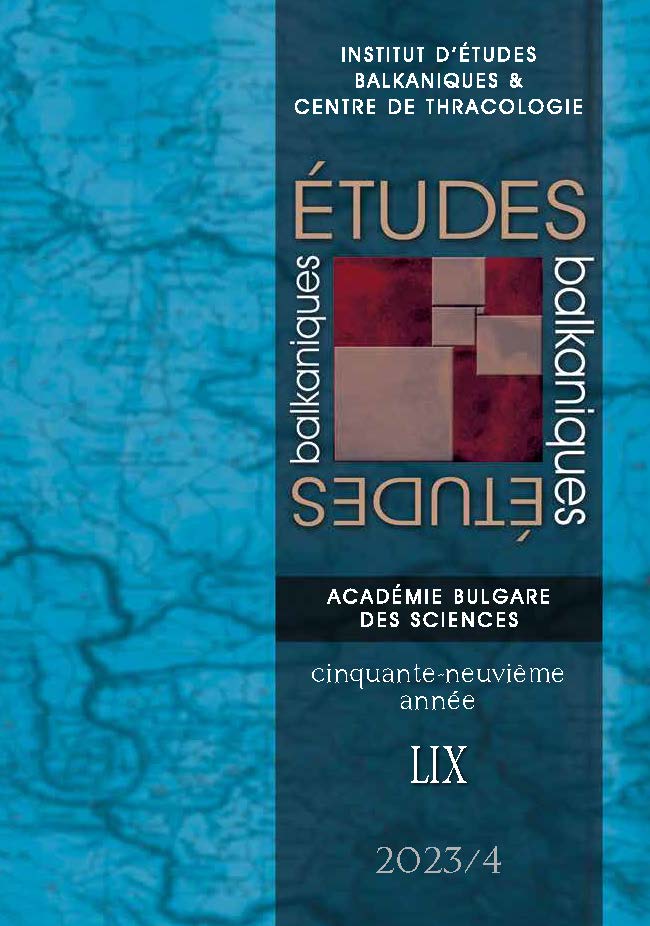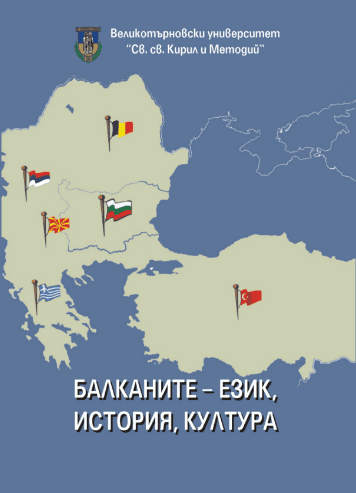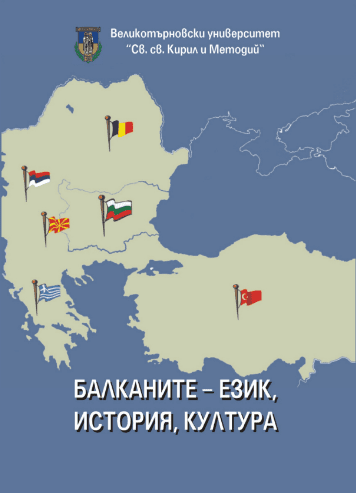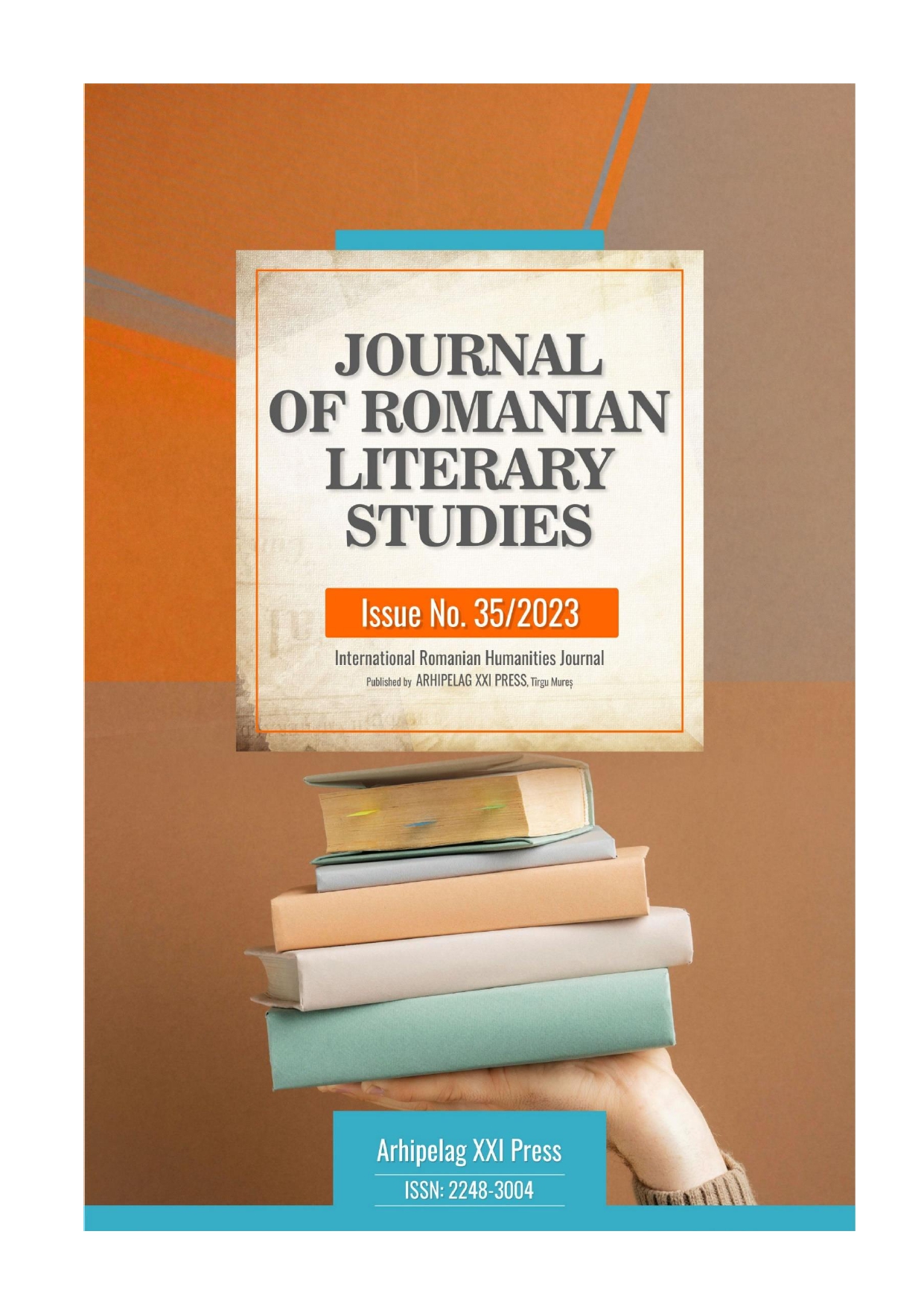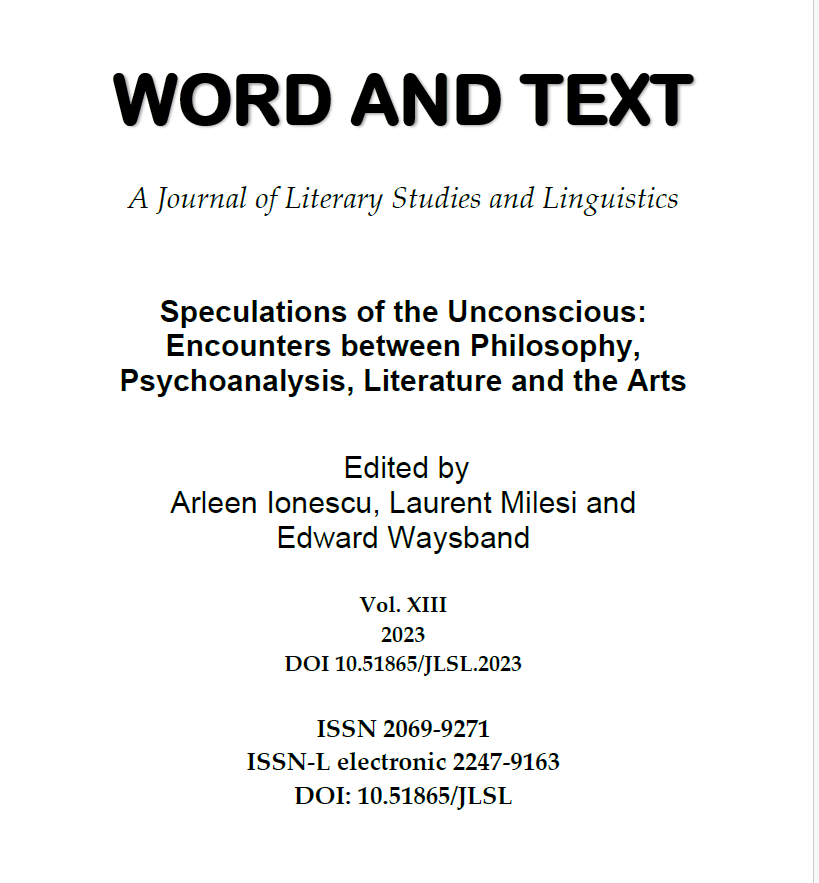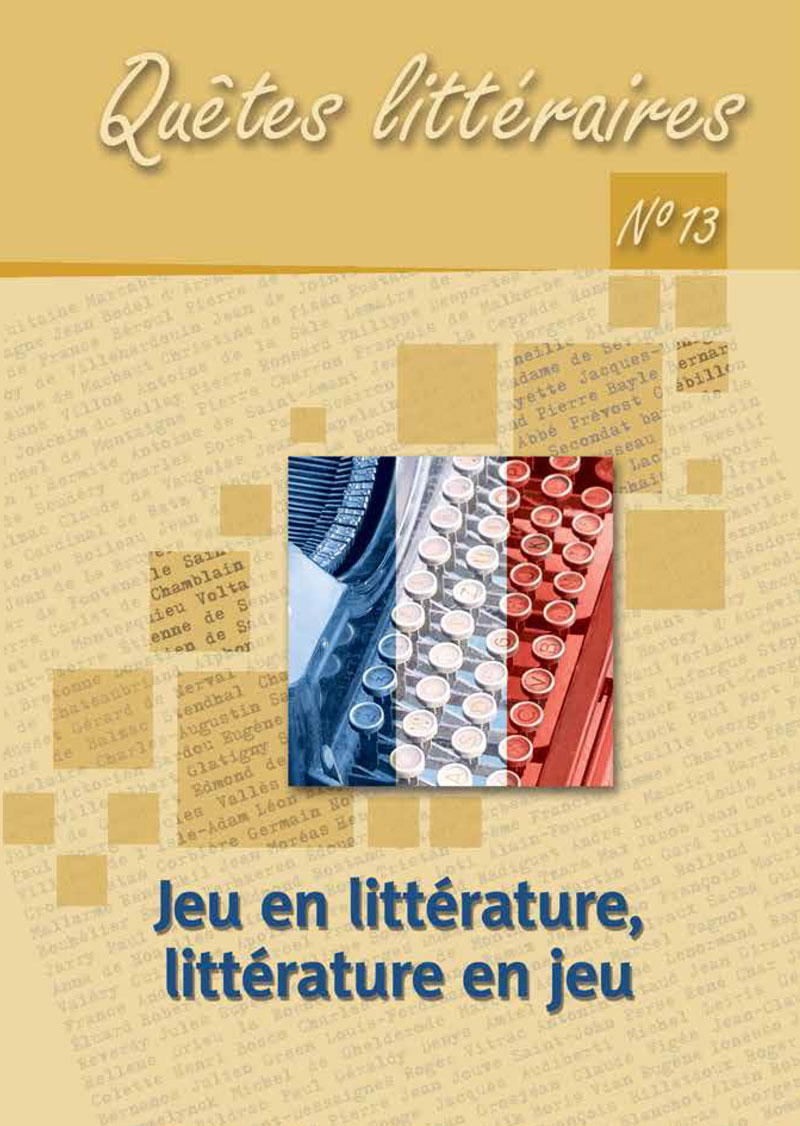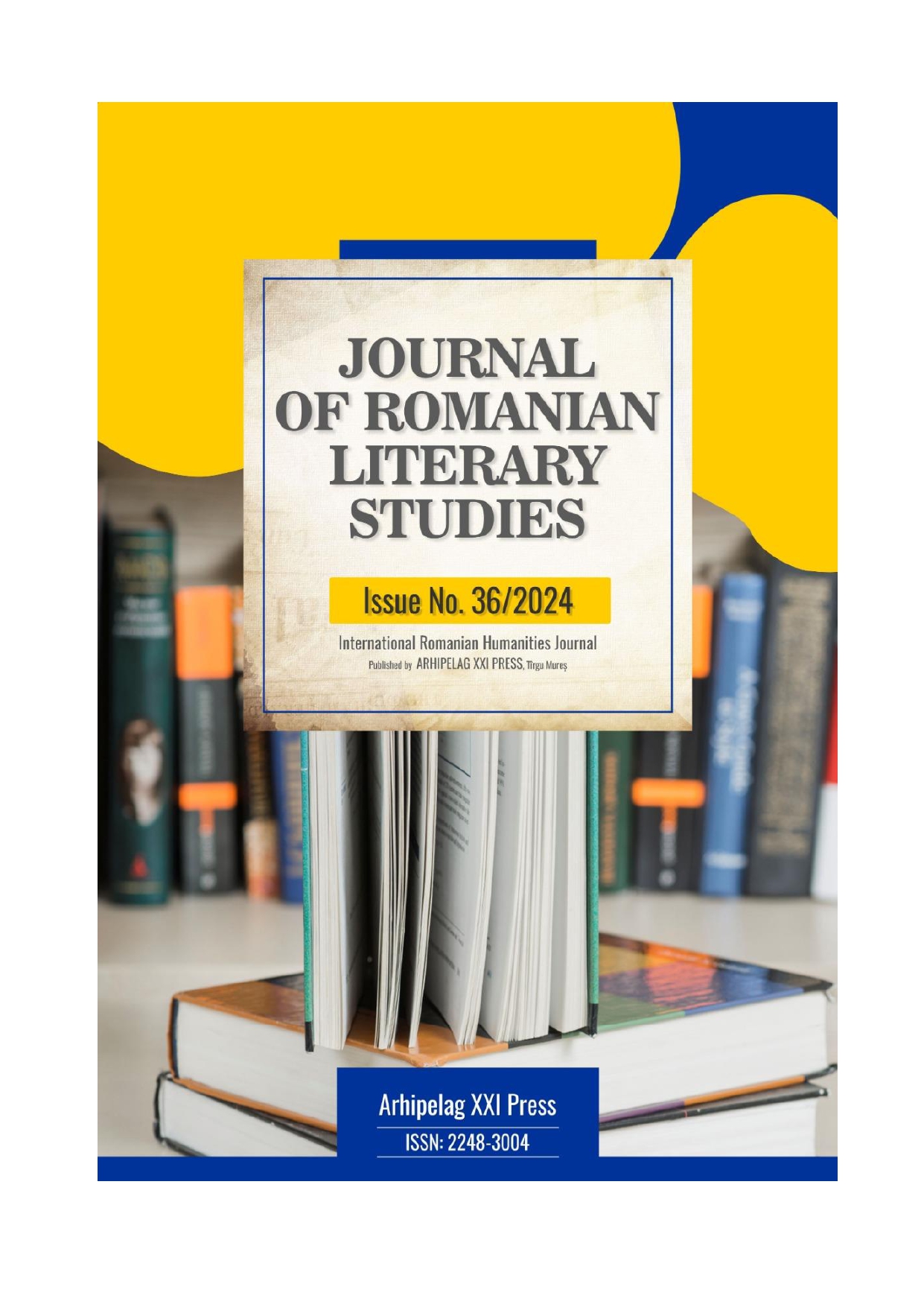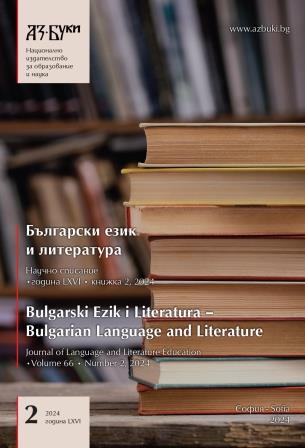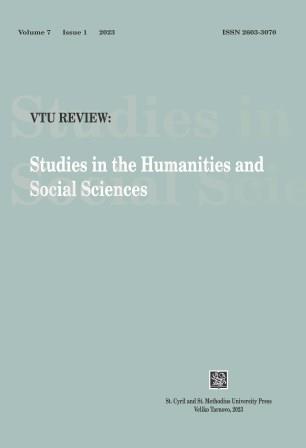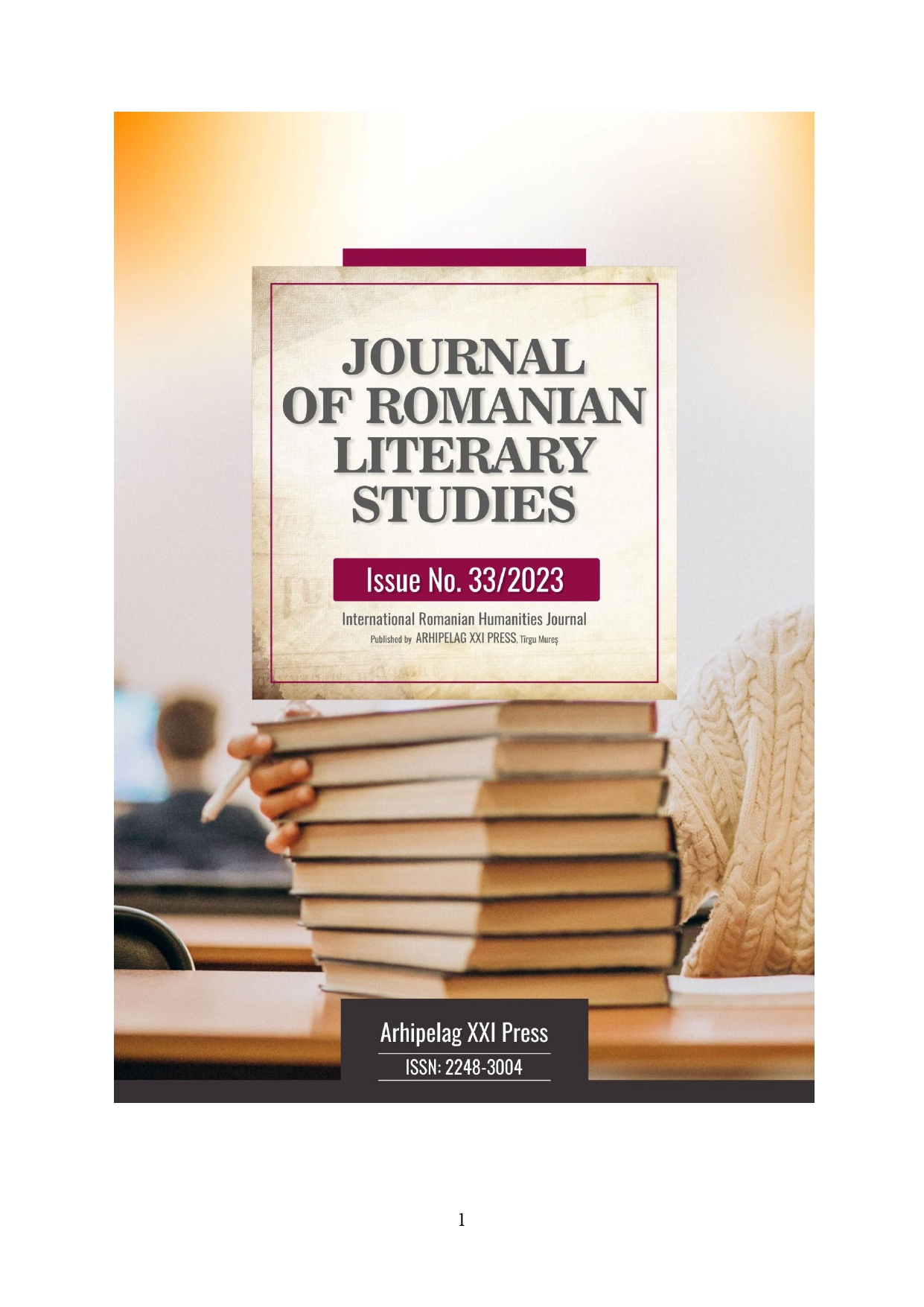
LEFTIST MYTHS AND THE COMMUNIST CENSORSHIP
In this critical essay I have been trying to link the concept of leftwing political myths to some articles written by the famous historian of Religions, Mircea Eliade, during his years of Exile, when he was living in Paris, against the process of denationalization under the Soviet Union occupation. The Iron Curtain has separated the Romanians in exiled people and those who couldn’t leave the huge prison of the former Democratic Romania. Mircea Eliade is quoting different examples of censorship, the purge of public libraries of so-called Fascist literature, the ban of several great Romanian writers, considered to be to bourgeois to fit in the new proletarian culture, named after a famous Soviet word, The Proletcult.
More...
